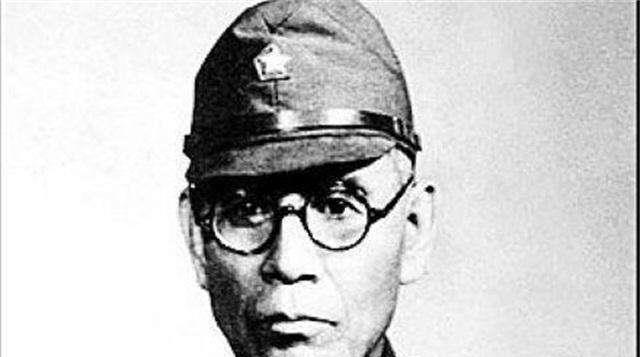Yamamoto was at the same level as Hideki Tojo and Seishiro Itagaki, and when they held the highest positions, they also served as cabinet ministers and land ministers, and Okamura Ningji was only equivalent to a leader sent out by the base camp to fight, and the highest only knew the commander-in-chief of the Japanese army invading China. Yamamoto Fifty-Six is certainly taller than Okamura, Yamamoto was ready to be made a marshal before his death, due to his early death, resulting in the posthumous posthumous title of marshal, his rank in the army is also higher than Okamura, equivalent to the commander of the general army, and Okamura is only a front army chief. Japan had four marshals in World War II, including Hata Shunroku and Terauchi Shouichi, who invaded China, and general was not the highest rank.

There is still a difference, Yamamoto is the general division of the navy, while Okamura is only a dispatch corps general in the army headquarters, can only belong to the front army or a theater general division, although the same general, but the old Japanese hierarchy is quite strict, the position of the same level of generals is very well divided, so Okamura can not be compared with Yamamoto, there is no comparison.
Both men were battle-level figures; the contradictions between the Japanese Army and the Navy were very deep; Yamamoto was a representative of the war with the United States in the former war; when he was young, he was a military attaché living in the United States; he had a considerable understanding of the industrial and military capabilities of the United States, and believed that if he launched a war with the United States, he would lose. The generals of the army base camp were approved by the emperor and granted permission to fight, and there was also an army rebellion to detain the admiral. As commander of the Combined Fleet, Yamamoto, as a soldier, developed a successful attack on Pearl Harbor and gained great prestige. Okama also dispatched military commanders in North China to be commanders of the theater, but their reputation was not as great as Yamamoto's, and they should be generals of the same level. Okamura Ningji was indeed one of the few generals in the Japanese Army, the most terrible and hateful opponent of the Chinese army in the War of Resistance Against Japan, he commanded the operations usually cunning and cunning troops, the Battle of Wuhan defeated more than one million Nationalist troops with inferior troops to occupy Wuhan, and repeatedly inflicted heavy losses on the Eighth Route Army in the Great Sweep in North China, causing serious losses to the anti-Japanese base areas in North China.
The rank is the same, but the right Yamamoto fifty-six. The commander-in-chief of the Okamura Ning sub-army, the commander-in-chief of the Yamamoto Fifty-Six Navy, looks the same, but it is not. Because of the actual period of World War II, Japan only had 2 services - the army and the navy. At that time, the Japanese Air Force was directly under the command of the Commander-in-Chief of the Navy, that is, Yamamoto Isoroku was also the Commander-in-Chief of the Navy and the Air Force, and his rights were naturally higher than those of the Army Okamura Ninji. Yamamoto excelled in several points: he valued and actively developed naval aviation; commanded the combined fleet to successfully sneak through Pearl Harbor; and compared with other Japanese generals, seeing the final consequences of the war against the United States, he admitted that after starting a war with the United States, Japan could gain a temporary advantage, but ultimately lost to the gap in national strength. In fact, history has developed in this way. His defeats were still limited to the decisive battle of the giant ships and cannons; since the Battle of Midway (including Midway), the Japanese Navy's operations were quite bad, which had a lot to do with Yamamoto's decision-making mistakes. In my opinion, he is not as good as Jisaburo Ozawa.
Not a rank, Yamamoto was a naval admiral, the supreme commander of the combined fleet, and Okamura was only the supreme commander of the Far East in China, with the same rank in Japan, and the navy was higher than the army. Yamamoto was in charge of the base camp, and Okamura was just a military attaché. Okamura Ninji was only the commander-in-chief of the Central China Dispatch Army, general Matsui Ishigen of the Battle of Songhu in the front, and Anan who had the Third Battle of Changsha, and there were only a few major generals, all of whom were vain, and the admiral of the navy seemed to be Yamamoto Isoroku, the commander-in-chief of the combined fleet, and there were no more two. One is the Japanese Minister of the Navy (a member of the Cabinet) and commander-in-chief of the Combined Fleet, which combines the Cabinet, the Services and the Command of Maritime Operations. The other was the commander-in-chief of the Japanese Chinese Theater, not the Cabinet and The Minister of War. Although the two have the same rank, there is a big gap in rank, status and power, that is to say, the two are not at the same level!